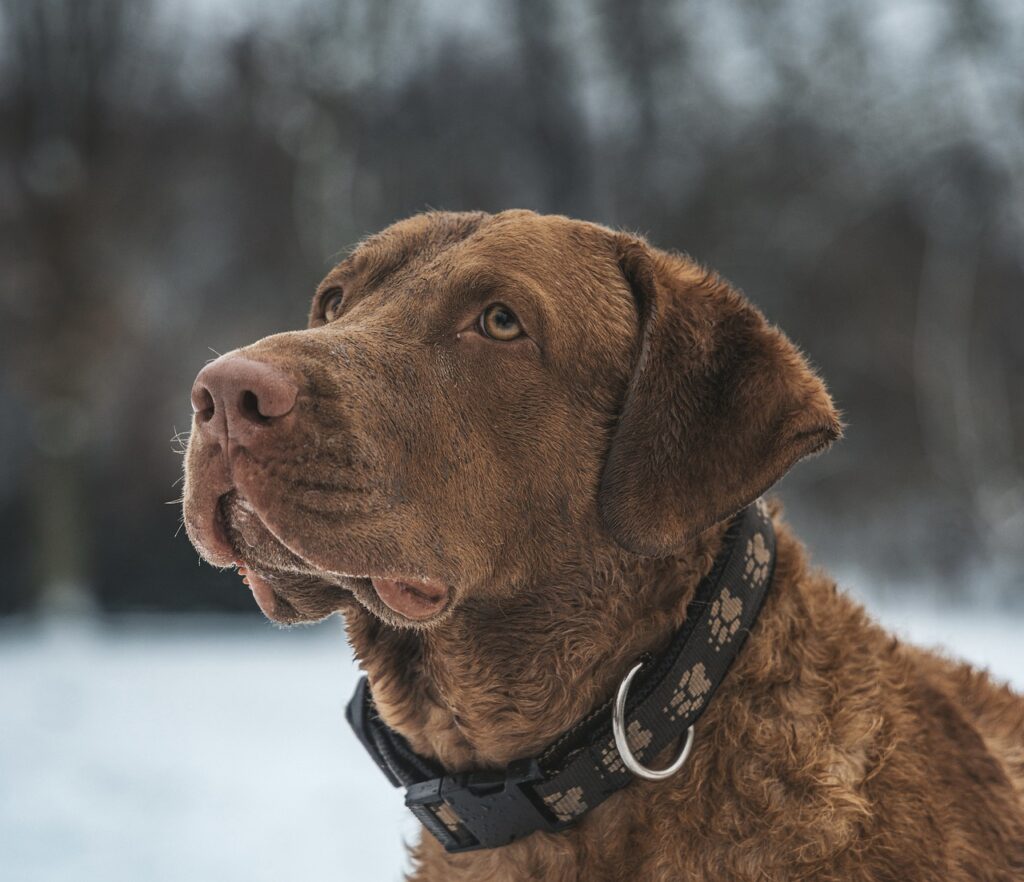Can Dogs Eat Jelly? – No, They can’t
When you’re enjoying a sweet treat like jelly, you might be tempted to share a little with your furry friend. However, the answer to whether dogs can eat jelly is a solid No. Most jellies are made with high amounts of sugar and sometimes xylitol, which is toxic to dogs. In addition, the artificial flavors and preservatives in jelly can lead to digestive upset and aren’t suitable for your dog’s diet.
Can Puppies Eat Jelly?
As for puppies, the same rule applies: No, puppies should not eat jelly. Young dogs have sensitive digestive systems, and feeding them jelly can cause more harm than good. It’s vital to stick to a diet that’s specifically formulated for their developmental needs.
Things to consider when feeding Jelly to puppies?
When it comes to puppies, there are many factors to consider. Their diets need to be strictly controlled to ensure proper growth. Jelly offers no nutritional value and can include ingredients that may harm your puppy, such as artificial sweeteners. Stick to high-quality puppy food and consult your vet before introducing new foods.
Nutritional Benefits of Jelly for Dogs – Why Jelly is not good for Dogs
Unfortunately, jelly doesn’t provide any significant nutritional benefits for dogs. It is high in sugars and can lead to obesity, dental issues, and diabetes when consumed regularly. It’s best to avoid giving jelly to dogs altogether and opt for healthier treats instead.
Potential Allergies: Can Dogs Be Allergic to Jelly?
While dogs can technically be allergic to any substance, allergies to jelly are not common. However, the problem with jelly is not the risk of allergies but rather the inappropriate ingredients it contains for a dog’s diet.
Symptoms of [food] Allergies in Dogs
- Itchy Skin : Look for your dog scratching more than usual or red patches on the skin.
- Sneezing : Frequent sneezing might be a sign of an allergic reaction.
- Gastrointestinal Upset : Vomiting or diarrhea after consuming a new food can indicate an allergy.
What to Do If Your Dog Shows Symptoms?
- Consult Your Veterinarian: Always seek professional advice if you suspect an allergy or reaction.
- Elimination Diet: Your vet might recommend an elimination diet to identify the allergen.
- Immediate Discontinuation: Stop feeding your dog the suspected allergen immediately.
Recommended Amount: How Much Jelly Can a Dog Consume?
No amount of jelly is recommended for dogs. It lacks nutritional value and can be harmful due to its sugar content, and risk of containing xylitol, a known dog toxin.
Things to Consider When Feeding Jelly to Dogs
Giving jelly to your dog can quickly lead to health problems. The high sugar content can cause obesity and diabetes, and some sugar-free jellies contain xylitol – extremely toxic to your dog. It’s best to avoid jelly as a treat.
How to Feed Jelly to Dogs: A Quick Guide
Since jelly is not a suitable treat for dogs, let’s focus on healthier alternatives. There are plenty of dog-safe options that can make for a delicious and safe treat for your beloved pet. Consider fruits like blueberries or slices of apples (without the seeds and core) that can serve as sweet, nutritious snacks.
Blueberry Bite-Sized Treats
For a healthy homemade treat, try mashing up a handful of blueberries and mix them with plain yogurt to freeze in an ice tray for a refreshing snack.
Apple Slices
Simple and nutritious: wash and slice an apple, removing the seeds and core, and offer a fresh slice to your dog as an occasional treat.
Carrot and Peanut Butter Pops
Blend some raw carrot with a small spoon of dog-safe peanut butter (xylitol-free), spread onto a baking sheet, and freeze for a crunchy, enjoyable snack.
Conclusion
While it may seem like a sweet gesture, feeding jelly to dogs is not advisable because of its harmful ingredients and lack of nutritional benefits. Focusing on healthy alternatives will ensure your dog stays happy and healthy. Always consult with your vet when making changes to your dog’s diet.



